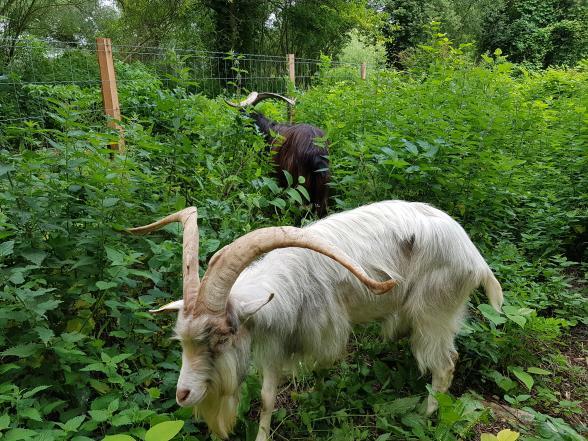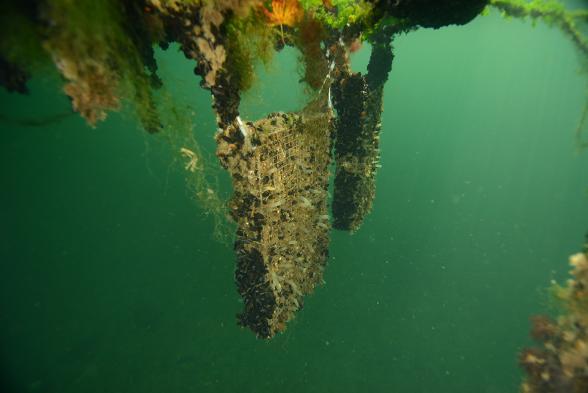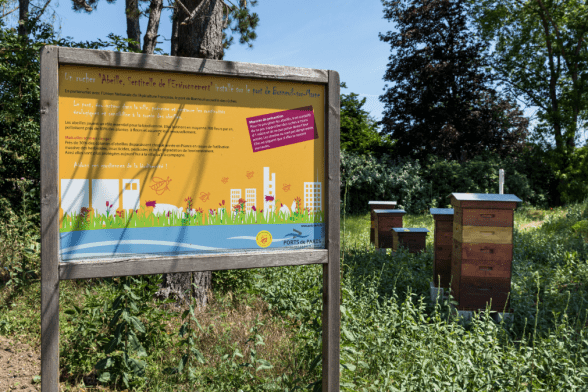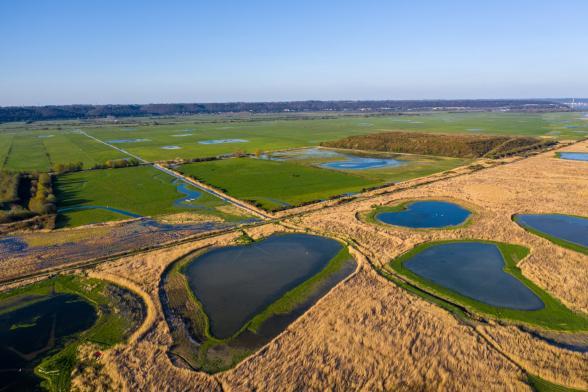- ABOUT US
- CARGO
- A multi-sector focus
- A maritime service offering in the first rank
- An attractive multimodal offering
- An expanded short sea service offering
- Port terminals and shared-use quays
- High-quality ship services
- Fluid, facilitated goods throughput
- A port that puts its performance figures in the public domain
- PASSENGERS
- MULTIMODALITY
- ECOLOGICAL TRANSITION
- INNOVATION
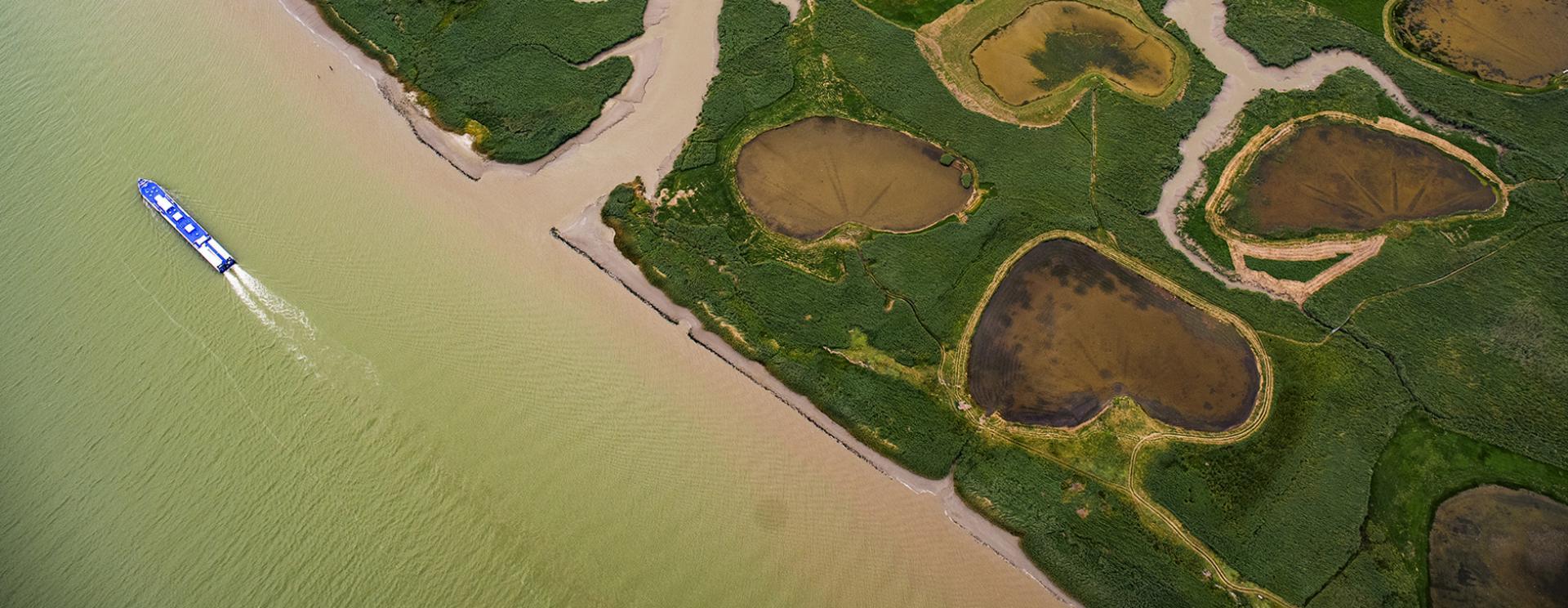
To act in favour of the conservation of natural areas and restore ecological functionalities
Published on - Updated
Objective no.1: to improve the management of natural areas
The management and conservation of natural areas entails in-depth knowledge of the local region and its biodiversity. This requires an inventory of the flora and fauna, experimentation with innovative methods and participation in research programmes such as those of the Seine Aval (Seine downstream) public interest grouping.
A new inventory method
Environmental DNA allows the DNA traces left by species in aquatic habitats to be analysed (e.g. fish, amphibians, bivalves). It was used in 2019 by HAROPA PORT | Rouen in conjunction with the French Biodiversity Office (OFB) to observe the spread of the black-spotted goby. This same approach was also used by the Le Havre Territorial Department of HAROPA PORT to update the amphibian inventory in its area, as well as in Paris in 2021 to arrive at a species inventory for the main Paris area ports.
Animals to the rescue
The ports have been making use of conservation grazing since 2017: rams at Aizier and Vieux-Port, managed by their farmer and the employment integration non-profit Naturaul’un; a Channel coast local breed of goat, boucs des fossés, Sologne ewes and Holstein cows in Le Havre, managed by the non-profit Okotop; and the local Fossés goat breed plus Ouessant sheep in Limay, with Eco Terra, a firm specialising in conservation grazing. The aim is to combat invasive plant species (Japanese Knotweed in particular) and to limit manual and mechanised intervention (e.g. hay cutting, sheep shearing).
Obejctive no. 2: to foster biodiversity in port areas
Port areas are spaces where biodiversity needs to be encouraged in order to contribute to the development of the green and blue grid, a national plan for ecological habitat continuities deriving from France’s Environment Forum public consultation process.
Laying down artificial reef formations
In 2020, working in partnership with the Seine Normandy water agency, HAROPA PORT | Le Havre put in place a floating pontoon and artificial marine habitats (Biohut©) to encourage colonisation by flora and fauna in the Citadelle port basin. This is unused and cut off from the Seine and now has a wealth of aquatic species comparable with natural coastal areas. However, it has lacked habitats capable of developing its biodiversity.
An ecological monitoring programme has been under way for two years in conjunction with Port Vivant, a non-profit organisation. Sea squirts, sponges, shrimp and various crustaceans can now be found there!
Differential management of green spaces
An approach based on differential management of green spaces has been implemented by HAROPA PORT since 2013, particularly in Paris area ports. Zero plant protection chemicals, late mowing, reduced shearing frequency, expansion of flower-rich meadows, conservation grazing and the planting of local species: these diverse techniques, chosen to suit each type of area, allow their biodiversity to be conserved more effectively.
Beehives on ports
From as early as 2013 HAROPA PORT has been active in bee conservation and ensuring retention of bees deep within ports’ industrial areas. The Territorial Departments of HAROPA in Le Havre and Rouen, with the support of Interm’Aide Emploi, and Haropa / Paris Territorial Department, acting in partnership with the French national beekeeping union, have set up hives at the ports of Bonneuil-sur-Marne, Gennevilliers, Limay-Porcheville, Grand-Couronne and Le Havre on natural areas that have the advantage of distance from port traffic routes, the availability of shade and a wide variety of honey plants.
HAROPA PORT proposes tours of these sites to raise public awareness of the need for bee conservation, examples being the APIDAYS events organised at Bonneuil-sur-Marne and Gennevilliers.
Objective no. 3: to be proactive on ecological restoration
In addition to the numerous programmes already implemented, HAROPA PORT is building a proactive restoration policy for its natural areas. The port is planning to develop a programme to restore ecological functionalities, looking forward to environmental measures and offset programmes to be proposed as part of its development projects or those of its customers.
Ecological restoration of Lillebonne dock
A mud flat intended to serve as a fish nursery and a feeding area for birds has been created by HAROPA PORT | Rouen as a replacement for a disposal area for dredged material. Extensive work has been carried out to achieve this result: removal of a 300m flood embankment on the Seine, removal of a substantial volume of excavated material generated by the earthworks (around 100,000 cu. m.), the digging of two ponds on a nearby meadow and the planting of hedges.
Ecological restoration of a disused factory at Le Hode
In 2021, the site of a former Millennium Inorganic Chemicals (MIC) plant deep in the estuary at Le Hode, near Le Havre, was restored as a wetland site on more than 13 hectares. To achieve this, work was conducted to demolish the factory amenities and installations, along with the removal of the material this generated. A small tidal channel and a body of water with a central islet have been created as a habitat for birds.
Key statistic: nearly 300 hectares of natural areas on land administered by HAROPA PORT’s Territorial Departments have undergone ecological restoration in the years 2014-2020.
